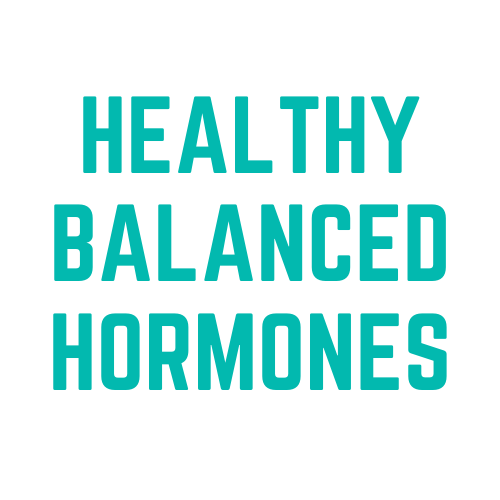Heart disease affects millions of men and women, but recently it has shown to be a big problem in women. In fact, heart disease is one of the leading causes of death in older women. Now is the time to focus on your heart health and really work on preventing such tragedy. Here are some things to know about your risk and what you can do about it.
Risk Factors for Heart Disease
Many of these risk factors are far both men and women, while others are specific to being a woman. You are already at a high risk for heart disease being a woman, but there are risk factors related to your lifestyle, health, genetics, and other factors that might increase your risk for heart disease even more. With both men and women, common risk factors for heart disease include having diabetes, high blood pressure (hypertension), high levels of cholesterol, and being overweight. Lifestyle choices like drinking and smoking can also increase your risk. For women, there are also additional risk factors, including going through menopause and having complications during pregnancy.
What You Can Do About Your Risk
All women should live a healthy lifestyle and visit their doctor regularly to be examined for heart disease and other cardiovascular problems, not just those at a high risk. If you want to prevent heart disease, the first thing to do is quit smoking, eat a healthy diet, manage your weight, and get regular exercise. These are the basic principles of living a long, healthy life. Aside from that, your doctor might advise you to stop taking certain medications, look at your family history, and want to perform certain tests to look at exactly how high of a risk you have for heart complications.
Symptoms of a Heart Attack
Even if you do everything you can to prevent heart disease, you may still be at risk. You should be aware of the symptoms of a heart attack so you can get emergency medical treatment right away. Many women don’t realize they are having a heart attack until it is too late. The symptoms may include the common pain in the left arm and shoulder and pain in the chest, but there are more subtle symptoms as well. This includes pain in the shoulder, neck or jaw, nausea or vomiting, sweating, and being lightheaded. Call your doctor if you show these symptoms, but aren’t completely sure it is an emergency.

